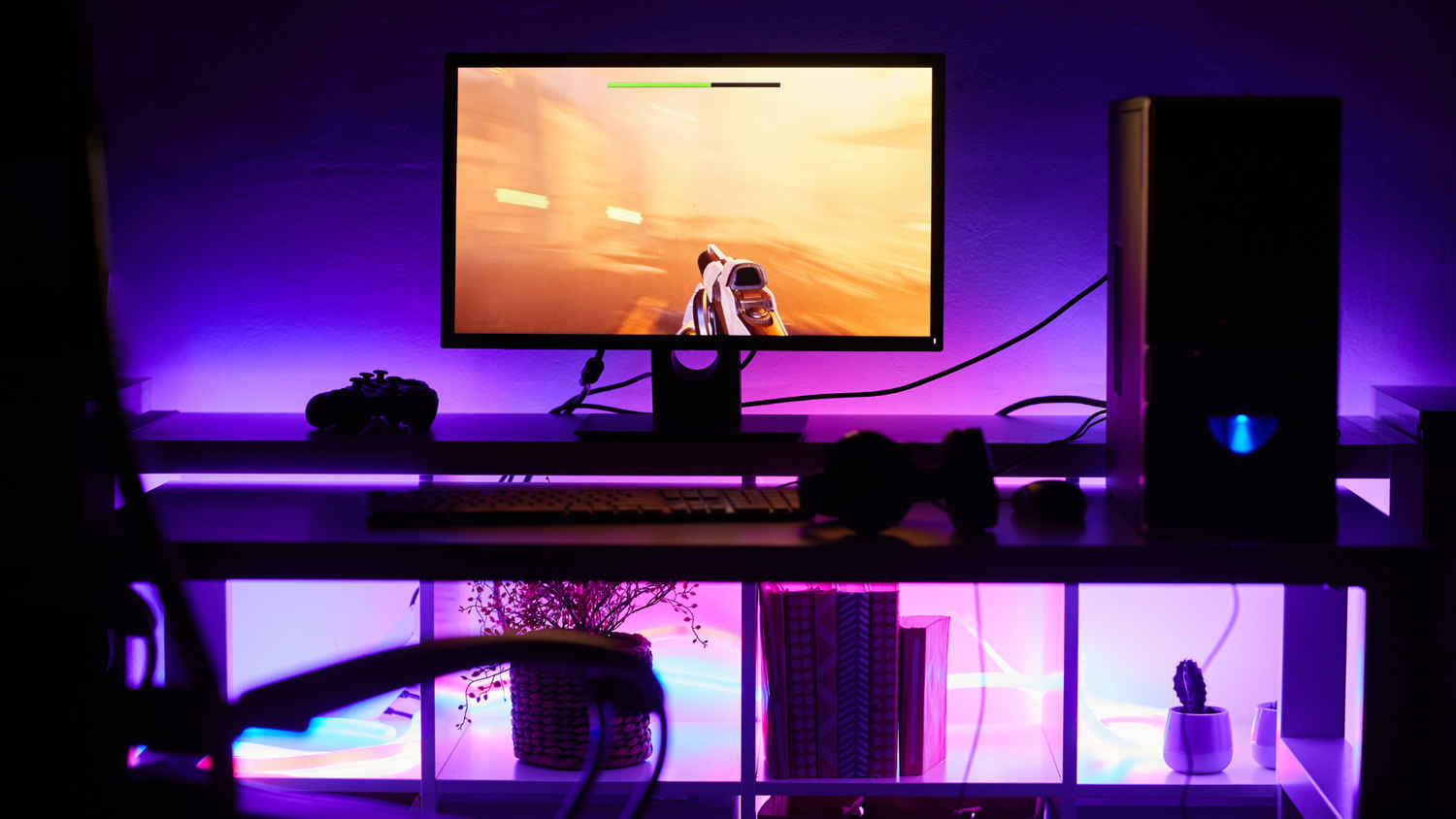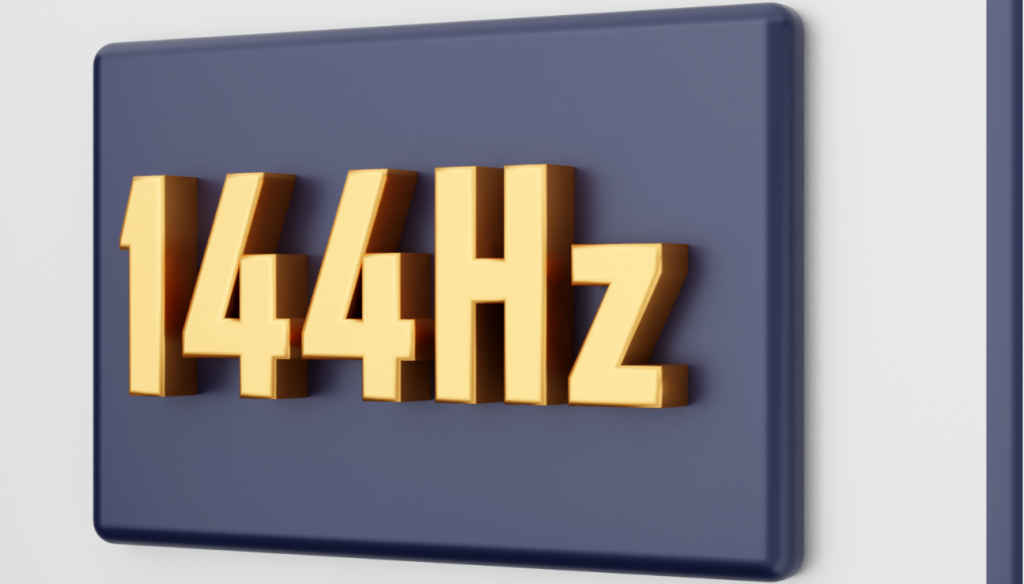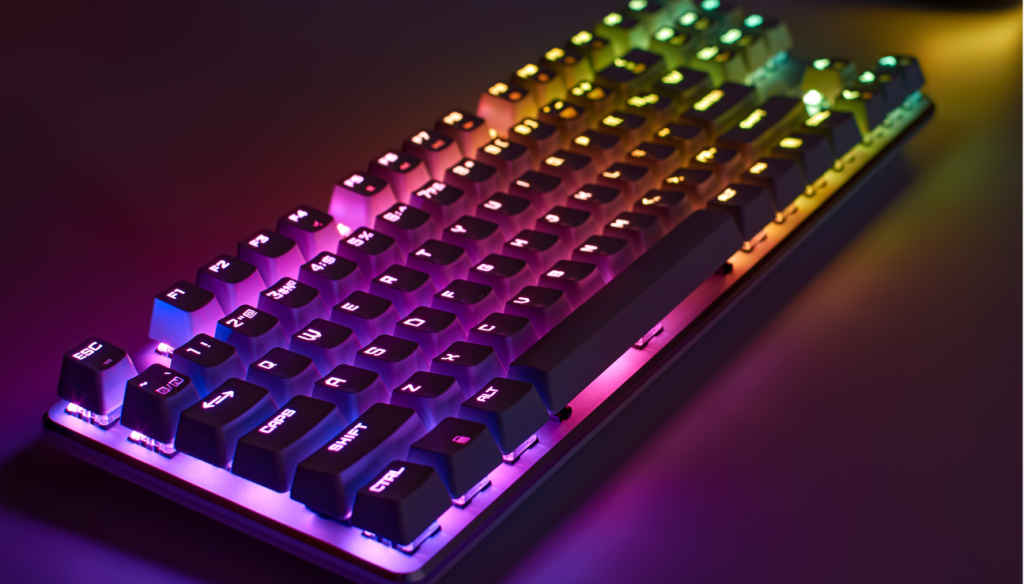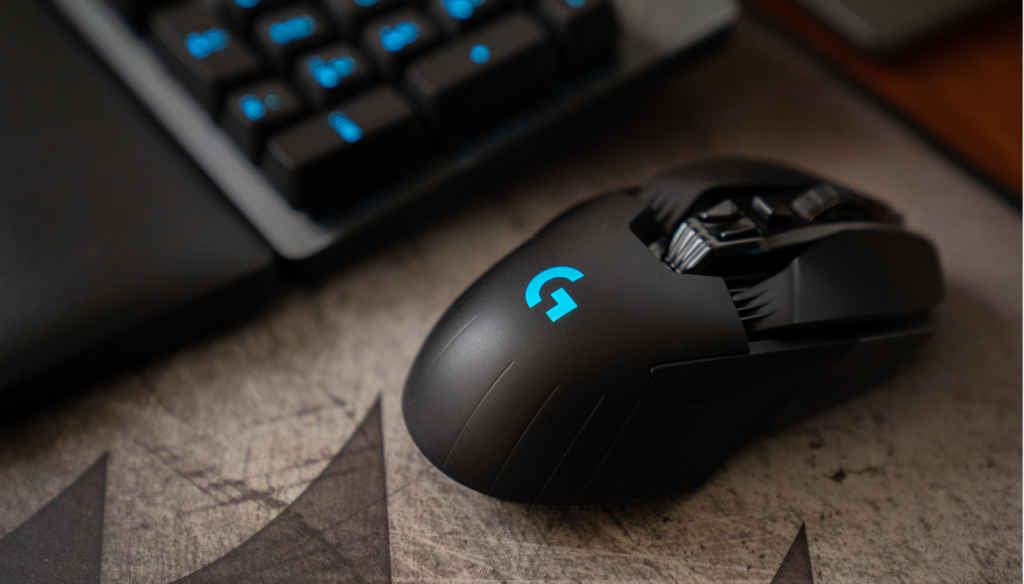Last minute cheat sheet to buying gaming gear this Diwali

Gaming Laptops
Gaming laptops are versatile machines with a strong emphasis on performance. They boast cutting-edge hardware, making them well-suited for a variety of tasks, with gaming being a primary focus. Delve into the essential components that power these laptops, from processors to GPUs, and explore key considerations, including storage, display options, and connectivity features.
Main use case
Depending on your budget, gaming laptops come with the best hardware money can buy. As such, they’re good for just about anything, but the primary use case is, you guessed it, gaming.

Processor
While the GPU does most of the heavy lifting when it comes to gaming, you still want to get a decently fast processor when it comes to gaming laptops. We would recommend at minimum a 12th or 13th gen i5 “H” variant Intel processor, or in the case of AMD, a Ryzen 6000 or 7000 series Ryzen 5 “H” processor. The best of the best will come with Intel Core i9s and 7000 series Ryzen 9 processors.
RAM
When it comes to gaming, RAM is very important. At minimum you want at least 16GB of RAM. DDR5 would be ideal but you can go for DDR4 as well.
GPU
Depending on your budget and the kind of games you want to play, we would recommend picking up an RTX 4050 gaming laptop at the minimum for some level of future proofing. When it comes to gaming laptops it’s important to keep GPU TGP (Total Graphics Power) in mind. This is essentially how much power the GPU uses with higher being better in terms of performance. Avoid gaming laptops with “Max-Q” GPUs as those are intentionally underclocked and give lower performance.

Storage
Atleast 1TB of PCIe Gen 3 SSD or higher is strongly recommended for any creator laptop.
Display
Displays aren’t as important when it comes to gaming laptops. As long as the laptop has your desired resolution and refresh rate you should be fine. However, if you’re looking for a gaming laptop which can also double as a creator laptop, refer to the creator laptop segment.

I/O Ports
As far as portability is concerned, gaming laptops are the least portable kind of laptop. Chances are you’re going to keep it on a desk the majority of the time with peripherals and/or a monitor plugged in. Keep the number of ports you’ll need in mind before making your purchase. We would recommend at minimum 3 USB-A ports and at least one USB-C port in addition to an RJ-45 ethernet and HDMI 2.1 port. Most laptops come with a 3.5mm combo audio jack as well for your audio needs in case you don’t have a USB headset.
Thermal performance
Thermals are very important in a gaming laptop, since gaming is among the more intensive activities one can perform on a laptop. The cooling capabilities of a laptop can determine how well it performs during long gaming sessions before starting to throttle performance.
Gaming Peripherals
When it comes to PC peripherals, making the right choices can significantly impact your overall PC experience. For keyboards to mice, it’s crucial to consider your needs, preferences, and budget. Here’s a buying guide to help you select the ideal peripherals for your PC setup.
Keyboards

- Membrane Keyboards: Membrane keyboards are affordable but less durable than mechanical ones. They suffice for general use but not for intense typing or gaming sessions.
- Mechanical Keyboards: In addition to being a lot more robust, mechanical keyboards offer a wide range of switch types (linear, tactile, clicky), allowing you to customise your gaming and typing experience.
- Switch Brands: Established brands like Cherry offer durability and reliability, but cheaper alternatives like Kailh and Outemu provide similar performance (at a small cost to durability) at a lower cost.
- Software Support: Established brands often come with better software support and customer care, but they come at a higher price point.
- High–End Options: Optical-mechanical switches offer the most accuracy with the lowest response times. They also come at the highest premium. Additional considerations include modular keyboards which allow you to change form factor on the fly.
Considerations:
- Switch Type: Choose between linear, tactile, and clicky switches based on your preference.
- Actuation Force: Different switches require varying force to register keypresses.
- Layout: Decide on the keyboard layout (standard, TKL, mini) that suits your needs.
- N-Key Rollover: Essential for gaming, it allows multiple simultaneous keypresses.
- Backlighting: Useful for typing in dark environments; RGB lighting is optional.
Mice

- Casual Use: For general and casual users, comfort is a top priority. Choose a mouse that feels comfortable during extended use.
- Comfort Factors: Consider the shape (ambidextrous or ergonomic) and weight of the mouse.
- Gaming and Power Users: Gamers should select mice based on their gaming genre. MMORPG and MOBA gamers benefit from mice with extra buttons, while FPS gamers need mice with great sensors and lightweight designs.
- Sensor and Polling Rate: A high DPI (dots per inch) or CPI (counts per inch) is not always necessary; select a DPI setting that suits your preference.RGB Lighting: RGB lighting is not essential, and it often increases the cost of the mouse.
Manish Rajesh
Manish can usually be found fervently playing video games of all kinds or… no wait he’s pretty much always playing games View Full Profile




